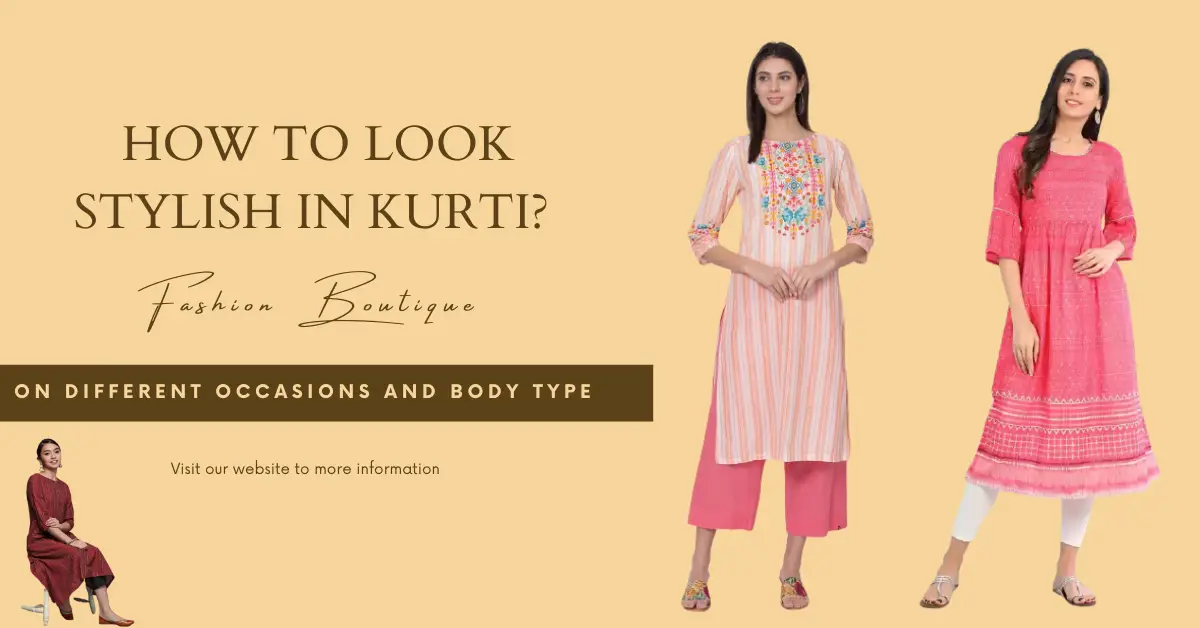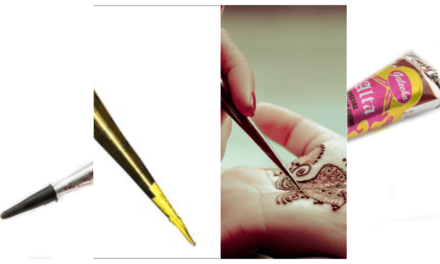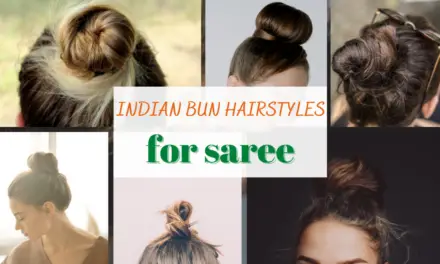5 Expert Tips for Rocking Kurtis at Any Occasion and Flattering Your Body Type, Kurtis is a versatile and comfortable option for women’s clothing, but it can be challenging to know how to style them for different occasions and body types.
In this blog post, we will be sharing five expert tips for rocking kurtis on any occasion and flattering your body type. From choosing the right length and fabric to accessorizing wisely and paying attention to small details, these tips will help you confidently and stylishly rock a kurti no matter the occasion.
Whether you are new to wearing kurtis or a seasoned pro, we hope these tips will inspire you to experiment with different styles and combinations and have fun with fashion
Benefits of wearing Kurtis, such as versatility and comfort
There are many benefits to wearing kurtis, which is why they have become such a popular choice for women’s clothing in many parts of the world. Some of the benefits of wearing kurtis include:
- Versatility: Kurtis can be worn for a variety of occasions, from casual to formal. They can be dressed up or down with the right accessories and styling.
- Comfort: Kurtis are generally made from lightweight and breathable fabrics, which make them a comfortable choice for warm weather. They are also loose-fitting, which allows for a greater range of movement and comfort.
- Flattering: Kurtis can be very flattering for a wide range of body types, as they are available in many different styles and cuts to suit different shapes and sizes.
- Easy to maintain: Kurtis are generally low maintenance and easy to care for, as they do not require ironing and can be machine washed and dried.
- Stylish: Kurtis come in a wide range of colors, patterns, and designs, which makes them a stylish and fashionable choice. They can be paired with a variety of bottoms, such as leggings, jeans, and skirts, to create different looks.
Overall, kurtis are a practical and stylish choice for women’s clothing, and they offer a range of benefits that make them a popular choice for many people.
The five expert tips will be discussed in the post
In this blog post, we will be sharing five expert tips for styling kurtis for different occasions and body types. These tips will help you confidently and stylishly rock a kurti no matter the occasion. The five expert tips that will be discussed in the post are:
- Choose the right length for your occasion and body type
- Consider the fabric and fit
- Accessorize wisely
- Pay attention to the details
- Experiment and have fun
Whether you are new to wearing kurtis or a seasoned pro, we hope these tips will inspire you to try out different styles and combinations and have fun with fashion. Stay tuned for more detailed advice on each of these tips!
Choose the Right Length for Your Occasion and Body Type
The length of a kurti can have a significant impact on the formality and appropriateness of the outfit. A shorter-length kurti may be more suitable for casual occasions, while a longer-length kurti may be more appropriate for formal events.
For example, a knee-length kurti may be suitable for work or a semi-formal occasion, while a maxi-length kurti may be more appropriate for a formal event such as a wedding or special occasion. On the other hand, a shorter kurti, such as a tunic length, may be more suitable for casual everyday wear or a casual outing.
It is important to consider the length of the kurti in relation to the occasion and the overall style and formality of the outfit. A longer-length kurti may also be more suitable for taller body types, as it can help to balance out the proportions of the body.
In general, it is a good idea to have a range of lengths of kurtis in your wardrobe so that you can choose the most appropriate length for the occasion and your personal style.
Here are some suggestions for different lengths of Kurtis based on occasion and body type:
- Knee-length kurtis: Knee-length kurtis are a good choice for semi-formal or work events. They can also be dressed up or down with the right accessories and bottoms. Knee-length kurtis are generally suitable for all body types, but they may be particularly flattering for pear-shaped or hourglass figures.
- Maxi-length kurtis: Maxi-length kurtis are a good choice for formal occasions such as weddings or special events. They can also be worn for a more bohemian or laid-back look. Maxi-length kurtis are generally suitable for taller body types, as they can help to elongate the body and balance out proportions.
- Tunic-length kurtis: Tunic-length kurtis are a good choice for casual everyday wear or a casual outing. They can be paired with leggings, jeans, or churidar pants for a comfortable and stylish look. Tunic-length kurtis are generally suitable for all body types, but they may be particularly flattering for apple-shaped or rectangular figures.
- Midi-length kurtis: Midi-length kurtis fall somewhere between the knee and the ankle and are a good choice for a semi-formal or casual occasion. They can be dressed up or down with the right accessories and bottoms. Midi-length kurtis are generally suitable for all body types, but they may be particularly flattering for pear-shaped or hourglass figures.
Remember that these are just general suggestions and you should choose the length of kurti that feels most comfortable and appropriate for you. The most important thing is to feel confident and comfortable in what you are wearing.
Consider the Fabric and Fit
Choosing the right fabric and fit for a kurti is important in order to create a comfortable and flattering outfit. The fabric and fit of a kurti can affect the comfort, drape, and overall appearance of the garment.
When it comes to fabric, it is important to consider the occasion and the weather. For example, lightweight and breathable fabrics such as cotton or linen may be more suitable for warm weather, while heavier fabrics such as silk or wool may be more suitable for cooler weather or formal occasions. It is also a good idea to consider the care and maintenance of the fabric, as some fabrics may require more frequent washing and ironing than others.
The fit of a kurti is also important in order to create a flattering silhouette. A looser fit may be more comfortable and suitable for a casual occasion, while a fitted or tailored fit may be more appropriate for a formal event or to create a more polished look. It is a good idea to try on different fits and styles of kurtis to find the one that feels most comfortable and flattering on your body.
In general, it is a good idea to invest in high-quality fabrics and fits that will last longer and wear well over time. This can save you money in the long run and ensure that you have a versatile and stylish wardrobe.
Different fabrics for Kurtis based on the occasion and body type
- Lightweight and flowy fabrics: Fabrics such as cotton, linen, and rayon are lightweight and flowy, which makes them a good choice for hot weather or casual occasions. These fabrics are comfortable and breathable, and they can create a relaxed and laid-back look. They may be particularly flattering for pear-shaped or hourglass figures, as they can help to balance out the proportions of the body.
- Structured and tailored fabrics: Fabrics such as silk, wool, and cotton-blend are structured and tailored, which makes them a good choice for formal events or a more polished look. These fabrics have a more structured and defined drape, which can create a more sophisticated and elegant silhouette. They may be particularly flattering for rectangular or apple-shaped figures, as they can help to create definition and shape.
- Stretchy and form-fitting fabrics: Fabrics such as jersey, spandex, and lycra are stretchy and form-fitting, which makes them a good choice for a fitted and body-hugging look. These fabrics have a lot of stretches and can be very comfortable to wear. They may be particularly flattering for hourglass or pear-shaped figures, as they can help to highlight the curves of the body.
Remember that these are just general suggestions and you should choose the fabric that feels most comfortable and appropriate for you. The most important thing is to feel confident and comfortable in what you are wearing.
The fit of a Kurti can be used to flatter different body types
The fit of a kurti can be used to flatter different body types by emphasizing or de-emphasizing certain areas of the body.
For pear-shaped bodies, which have a smaller upper body and wider hips and thighs, a looser fit can help balance out the proportions of the body. A kurti that is fitted at the waist and has a flared or A-line shape can be particularly flattering. This type of fit will help to define the waist and create a more balanced silhouette.
For hourglass figures, which have a defined waist and equally proportioned upper and lower body, a kurti that is fitted at the waist can be very flattering. This type of fit will help to highlight the curves of the body and create a feminine silhouette.
Other body types may benefit from different types of fits. For example, apple-shaped bodies, which have a larger upper body and a smaller lower body, may look best in a kurti that has a looser fit around the waist and hips to balance out the proportions of the body. Similarly, rectangular body shapes, which have a similar width at the bust, waist, and hips, may look best in a kurti that has a defined waist to create the illusion of curves.
Ultimately, the best fit for a kurti will depend on your individual body type and personal style. It’s important to try on different fits and styles to see what looks best on you and feels comfortable.
Accessorize Wisely
Accessories can play a significant role in completing and elevating an outfit. They can help to add visual interest and personality to a look, and can also help to tie an outfit together or add a finishing touch.
Some common types of accessories include:
- Jewelry: This can include earrings, necklaces, bracelets, rings, and other types of adornments. Jewelry can add a touch of glamour and can also help to draw attention to certain features of the body.
- Scarves: Scarves can be worn around the neck, head, or waist, and can add a pop of color or texture to an outfit. They can also be used to add warmth in colder weather.
- Belts: Belts can be used to cinch in the waist and create definition, or to add a decorative element to an outfit.
- Handbags: Handbags can be functional for carrying essentials or can be used as a fashion statement. They can come in a range of sizes and styles, from clutches to totes to crossbody bags.
- Shoes: Shoes can make a big impact on an outfit and can also be used to dress up or dress down a look. From heels to sneakers, there are many different types of shoes that can be used to complete an outfit.
By carefully selecting and styling accessories, you can add depth and interest to an outfit and create a cohesive look. It’s important to consider the overall aesthetic of the outfit and choose accessories that complement the style and tone of the outfit.
importance of not overaccessorizing and finding a balance
It’s important to not overaccessorize because doing so can distract from the overall look and feel of an outfit. Instead of adding to the overall aesthetic, excessive accessories can actually take away from it. It’s important to find a balance and choose accessories that complement and enhance the outfit, rather than overpowering it.
When it comes to finding a balance with accessories, it’s important to consider the occasion and the outfit. For example, a formal event may call for more polished and refined accessories, while a casual outing may allow for more playful and relaxed pieces. It’s also important to consider the overall look and feel of the outfit and choose accessories that complement the style and colors of the clothing.
Ultimately, it’s about finding the right balance and choosing accessories that add to the outfit rather than detract from it.
Pay Attention to the Details
Paying attention to small details such as the neckline, sleeves, and hemline of a kurti is important because these elements can have a big impact on the overall look and feel of the garment. The neckline, sleeves, and hemline are all key elements of the silhouette of a Kurti, and can help to define the shape and proportions of the garment.
For example, the neckline of a kurti can range from high and close to low and open and can have a significant impact on the overall style and formality of the garment. A high, closed neckline is often more formal and reserved, while a low, open neckline is more casual and relaxed.
Similarly, the sleeves of a kurti can range from short and cap-sleeved to long and full, and can also have an impact on the formality and style of the garment. Short, cap-sleeved kurtis are often more casual and relaxed, while long, full sleeves are more formal and traditional.
Finally, the hemline of a kurti can range from short and above the knee to long and below the ankle, and can also have an impact on the overall style and formality of the garment. A short, above-the-knee hemline is often more casual and playful, while a long, below-the-ankle hemline is more formal and traditional.
Overall, paying attention to small details such as the neckline, sleeves, and hemline of a kurti is important because these elements can have a significant impact on the overall look and feel of the garment, and can help to define the shape and proportions of the kurti.
how to choose and style the neckline, sleeves, and hemline of a kurti based on the occasion and body type
- For formal occasions, consider choosing a kurti with a more traditional and reserved neckline, such as a high, closed neckline or a round neckline. These necklines are typically more formal and sophisticated and can be paired with formal accessories such as pearls or a statement necklace.
- For casual occasions, consider choosing a kurti with a more relaxed and playful neckline, such as a scoop neck or a v-neck. These necklines are typically more laid-back and casual and can be paired with relaxed accessories such as a chunky bracelet or a pair of hoop earrings.
- For broad shoulders, consider choosing a kurti with a neckline that helps to balance out the width of the shoulders, such as a boat neck or a square neck. These necklines can help to elongate the neck and create a more balanced silhouette.
- For petite bodies, consider choosing a kurti with three-quarter sleeves or elbow-length sleeves. These sleeves can help to elongate the arms and create a more balanced silhouette, especially when paired with a hemline that falls at or below the knee.
- For a more formal look, consider choosing a kurti with a longer hemline that falls below the ankle. This can help to create a more traditional and sophisticated silhouette and can be paired with formal accessories such as heels or a clutch.
- For a more casual look, consider choosing a kurti with a shorter hemline that falls above the knee. This can help to create a more playful and relaxed silhouette and can be paired with casual accessories such as sneakers or a crossbody bag.
Overall, it’s important to consider the occasion and body type when choosing and styling the neckline, sleeves, and hemline of a kurti, as these elements can have a significant impact on the overall look and feel of the garment.
Here are a few tips for trying out different styles and combinations with your Kurtis
- Start by experimenting with different necklines. Try out different styles such as a round neck, a v-neck, a scoop neck, or a boat neck, and see which one you like best.
- Play around with different sleeve lengths. Try out different styles such as three-quarter sleeves, elbow-length sleeves, or full-length sleeves, and see which one you feel most comfortable in.
- Mix and match different hemlines. Try out different lengths such as above the knee, at the knee, or below the ankle, and see which one you like best.
- Don’t be afraid to try out bold and vibrant colors and patterns. These can be a great way to add a pop of color to your outfits and make a statement.
- Accessorize! Experiment with different accessories such as statement jewelry, scarves, or belts to complete your look.
Here are a few tips for having fun with fashion and not taking it too seriously:
- Experiment with different styles and trends. Don’t be afraid to try out new things and see what works for you. Remember that fashion is about self-expression and there are no hard and fast rules about what you should or shouldn’t wear.
- Wear what makes you feel comfortable and confident. Choose clothing and accessories that make you feel good about yourself, and don’t worry about what others may think.
- Don’t be too hard on yourself. If you make a fashion mistake or don’t feel comfortable in an outfit, it’s no big deal. Remember that fashion is about having fun and expressing yourself, not about being perfect.
- Don’t spend too much time or money on fashion. It’s okay to splurge on a special item every now and then, but don’t feel like you have to constantly keep up with the latest trends or spend a lot of money on your wardrobe.
- Remember that fashion is just one aspect of your life. Don’t let it consume all of your time or attention. There are more important things in life than fashion, so don’t take it too seriously.
Overall, the key is to have fun with fashion and not take it too seriously. Remember that fashion is meant to be a form of self-expression and a way to celebrate your personal style, not a source of stress or anxiety.
Conclusion:
Recap of five expert tips for styling kurtis for different occasions and body types Sure!
Here are the five expert tips for styling Kurtis for different occasions and body types:
- Choose the right fit: Select a Kurti fit that flatters your body type, such as straight, A-line, or flare.
- Experiment with different lengths: Consider the occasion and your personal style when choosing the length of your kurti, from knee-length to ankle-length.
- Accessorize wisely: Add some sparkle to your look with jewelry, but avoid overaccessorizing.
- Consider the fabric: Choose a fabric that is comfortable to wear and suitable for the occasion, such as cotton, silk, or chiffon.
- Play with patterns and prints: Experiment with different patterns and prints to find one that flatters your body type and personal style, but avoid pairing a patterned kurti with patterned pants or skirts.






Recent Comments